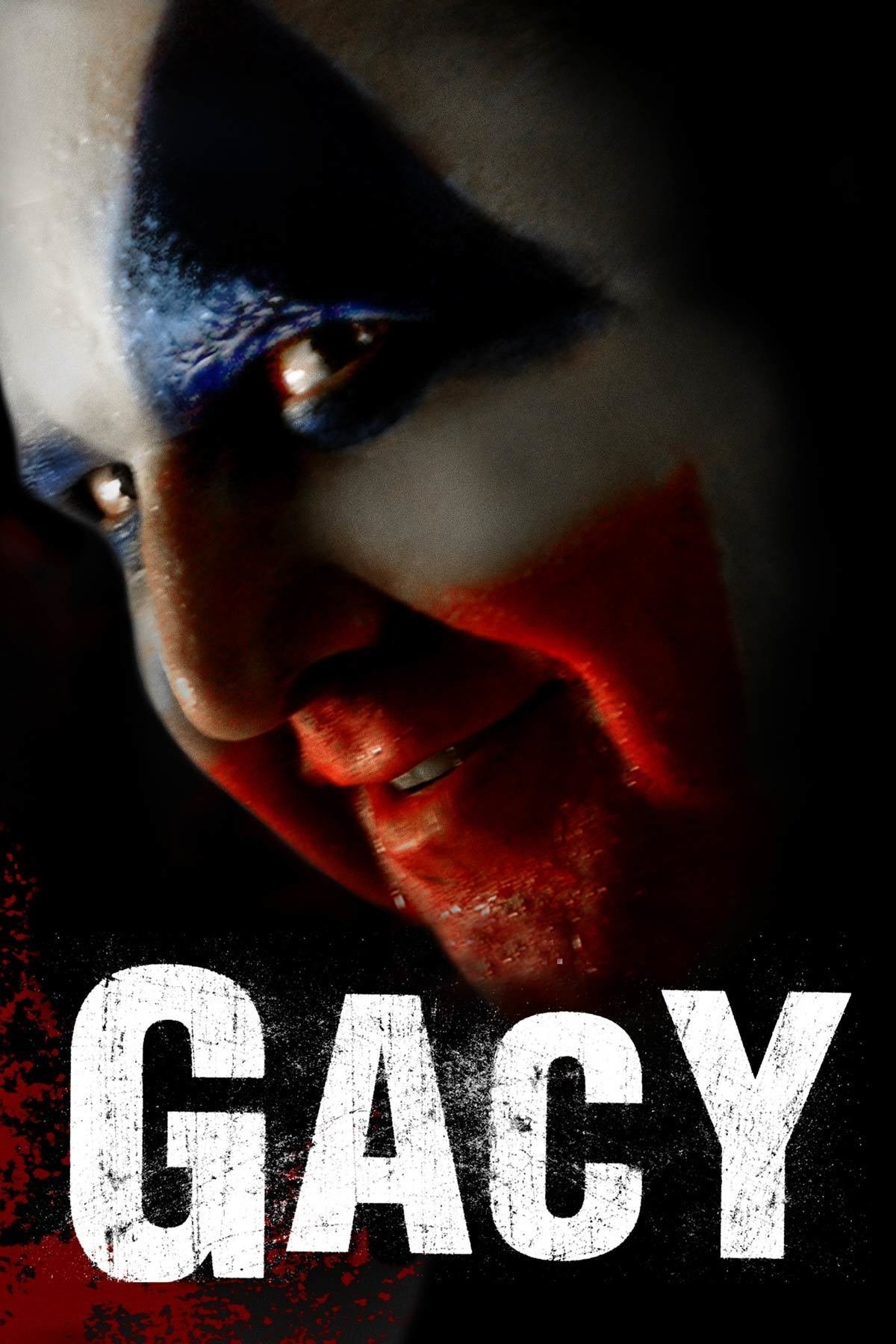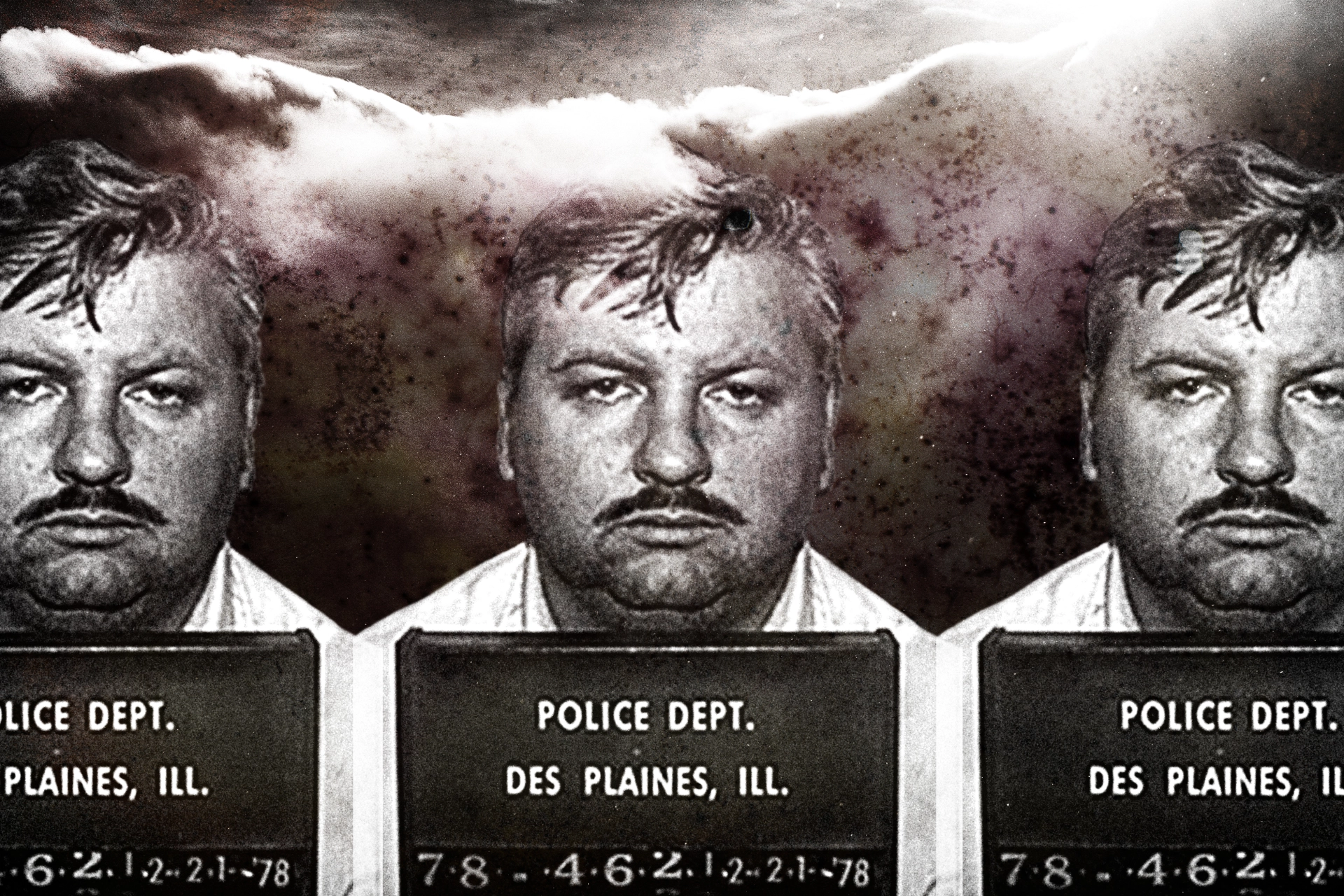Michael Gacy: The Disturbing Tale Of A Killer Clown
Michael Gacy is a name that sends shivers down the spine of anyone who knows the dark history of America’s most infamous serial killers. Known as the ‘Killer Clown,’ his story is a chilling reminder of how darkness can hide in plain sight. In this article, we’ll dive deep into the life, crimes, and legacy of Michael Gacy, uncovering the disturbing truths behind one of the most horrifying cases in modern history. If you’re ready to face the darkest corners of human nature, let’s get started.
When people hear the word "clown," they usually think of laughter, balloons, and circus fun. But for those who lived through the nightmare of Michael Gacy, clowns will forever be associated with fear and terror. His ability to charm and entertain under the guise of Pogo the Clown made him the perfect predator, preying on young men and boys who trusted him too much. It’s a story that continues to haunt us decades later.
This article isn’t just about the crimes of Michael Gacy; it’s also about understanding the psychology of a killer, the failures of the justice system, and the impact his actions had on families and communities. So grab a seat, because this is gonna be a wild ride through the dark corridors of history.
- Luke Bryans Weight Gain A Journey Of Transformation
- Bestgore Alternatives Explore Safe And Engaging Platforms
Biography of Michael Gacy
Early Life and Family Background
Let’s start with the basics. Michael Gacy was born on March 17, 1942, in Chicago, Illinois. Growing up in a strict household, young Mike faced a lot of challenges that shaped his future. His father, Henry Gacy, was an abusive alcoholic who often belittled him, calling him names like "sissy" because of his interest in art and music. Meanwhile, his mother, Marion Robinson, tried her best to provide stability but struggled to protect her son from the toxic environment at home.
Michael’s childhood was marked by feelings of inadequacy and low self-esteem, which some experts believe contributed to his later obsession with control and power. He attended school regularly but didn’t excel academically, often finding himself isolated from peers. His teenage years were filled with dreams of becoming a successful businessman, a goal he eventually achieved—but at a terrible cost.
Here’s a quick rundown of his early life:
- Odia Insta Viral Mms Trends The Ultimate Guide To Understanding The Phenomenon
- Watch Masa49 Xxx Trending Indian Desi Porn In 2025
- Born in Chicago, Illinois
- Grew up in a strict and abusive household
- Struggled with self-esteem issues
- Developed an interest in business and entrepreneurship
Data and Biodata of Michael Gacy
Below is a table summarizing key facts about Michael Gacy:
| Full Name | Michael Anthony Gacy Jr. |
|---|---|
| Birth Date | March 17, 1942 |
| Place of Birth | Chicago, Illinois |
| Known Alias | Pogo the Clown |
| Occupation | Contractor, Entertainer |
| Victims | 33 confirmed |
The Rise of Pogo the Clown
Michael Gacy wasn’t always a serial killer. Before his dark side took over, he was a respected contractor and community figure. He even became famous as Pogo the Clown, entertaining kids at parties and charity events. It’s ironic, isn’t it? The same man who brought joy to so many children was secretly responsible for unimaginable horrors.
Pogo the Clown became Gacy’s alter ego, a mask that allowed him to blend into society while harboring dark desires. People adored him, never suspecting the monster lurking beneath the makeup. His charm and charisma opened doors to social circles where he could prey on vulnerable young men without raising suspicion.
Some might ask, why did he choose to become a clown? Experts believe it was part of his psychological makeup, a way to escape reality and project a false image of innocence. Whatever the reason, it worked—too well.
Crimes and Killings
The First Victim
Gacy’s first known victim was a 16-year-old boy named Robert Piest. On December 11, 1978, Robert disappeared after leaving his family home to meet Gacy for a job interview. What started as a promising opportunity ended in tragedy. Gacy lured Robert to his house, where he tortured and killed him, marking the beginning of a killing spree that would last for months.
What’s scary is how normal everything seemed at first. Gacy was a family man with a wife and kids, running a successful business and participating in community activities. No one suspected that beneath the surface lay a predator waiting to strike.
The Burial Ground
When police finally searched Gacy’s home in Des Plaines, Illinois, they uncovered a horrifying scene. Beneath the floors and in the crawl spaces of his house, they found the remains of 29 victims. The rest were buried in various locations, including a nearby river. It was one of the largest mass graves ever discovered in American history.
Each victim had their own story, their own dreams, and their own families left behind to grieve. Gacy’s crimes weren’t just about taking lives; they were about erasing identities and leaving behind a trail of unanswered questions.
Psychological Profile of Michael Gacy
So, what drove Michael Gacy to commit such heinous acts? Psychologists have studied his case extensively, trying to understand the mind of a serial killer. Many believe his abusive childhood played a significant role in shaping his personality, leading to feelings of inadequacy and a desire for control.
Gacy himself once said, "You kill for company." This statement sheds light on his motivations, suggesting that loneliness and isolation drove him to seek connections—albeit in the most twisted ways possible. His victims weren’t just random targets; they were often young men and boys who reminded him of himself during his vulnerable teenage years.
Here are some key traits identified in Gacy’s psychological profile:
- Low self-esteem and need for validation
- Obsession with control and dominance
- Ability to charm and manipulate others
- Deep-seated anger and resentment
The Trial and Sentencing
Michael Gacy’s trial began on February 6, 1980, capturing national attention. Prosecutors presented overwhelming evidence, including witness testimonies, forensic reports, and confessions from Gacy himself. Despite his attempts to plead insanity, the jury found him guilty of 33 counts of murder.
Gacy was sentenced to death for 12 of the murders and life imprisonment for the others. His execution by lethal injection took place on May 10, 1994, bringing a sense of closure to the families of his victims. However, the scars left by his crimes remain deeply etched in the hearts of those who survived him.
Throughout the trial, Gacy maintained a calm demeanor, showing little remorse for his actions. Some saw this as a sign of his detachment from reality, while others believed it was simply a calculated attempt to manipulate public perception.
Legacy and Impact
The Clown’s Shadow
Michael Gacy’s legacy is one of fear and fascination. His case has been the subject of numerous books, documentaries, and films, including the highly acclaimed movie "The Devil’s Clown." While some argue that media coverage glorifies his crimes, others believe it serves as a cautionary tale about the dangers of trusting appearances.
Clowns, once symbols of joy and entertainment, have become synonymous with dread and paranoia thanks to Gacy’s actions. Even today, the image of a clown can evoke feelings of unease in many people, a testament to the lasting impact of his crimes.
Lessons Learned
What can we learn from the Michael Gacy case? First and foremost, it highlights the importance of vigilance and trust in our communities. It also underscores the need for mental health awareness and support, as many serial killers like Gacy exhibit warning signs long before committing their crimes.
Finally, it serves as a reminder of the resilience of the human spirit. Despite the horrors they faced, the families of Gacy’s victims continue to fight for justice and healing, ensuring that their loved ones are never forgotten.
Expert Analysis and Research
Experts in criminology and psychology have studied the Michael Gacy case extensively, offering valuable insights into the mind of a serial killer. According to Dr. James Alan Fox, a professor of criminology at Northeastern University, Gacy’s crimes fit the profile of a "power/control" killer, someone who derives satisfaction from dominating and manipulating others.
A 2019 study published in the Journal of Forensic Sciences revealed that serial killers often exhibit certain behavioral patterns, such as a history of childhood trauma, a need for control, and a lack of empathy. Gacy’s case aligns closely with these findings, providing further evidence of the link between early life experiences and later criminal behavior.
Call to Action
As we conclude this article, we encourage you to reflect on the lessons learned from the Michael Gacy case. Take a moment to honor the memories of his victims and support organizations working to prevent similar tragedies in the future.
Feel free to share your thoughts in the comments section below or explore other articles on our website. Together, we can create a safer, more informed world—one story at a time.
Table of Contents
- Biography of Michael Gacy
- Early Life and Family Background
- Data and Biodata of Michael Gacy
- The Rise of Pogo the Clown
- Crimes and Killings
- The First Victim
- The Burial Ground
- Psychological Profile of Michael Gacy
- The Trial and Sentencing
- Legacy and Impact
- The Clown’s Shadow
- Lessons Learned
- Expert Analysis and Research
- Call to Action
- Explore Jey Usos Journey From Wwe Star To Family Man
- Odisha Girl Viral Mms Unveiling The Truth Behind The Controversy

Michael Gacy Son Of John Wayne

Gacy (2003) Posters — The Movie Database (TMDB)

Rebuilding After Tragedy Michael Gacy